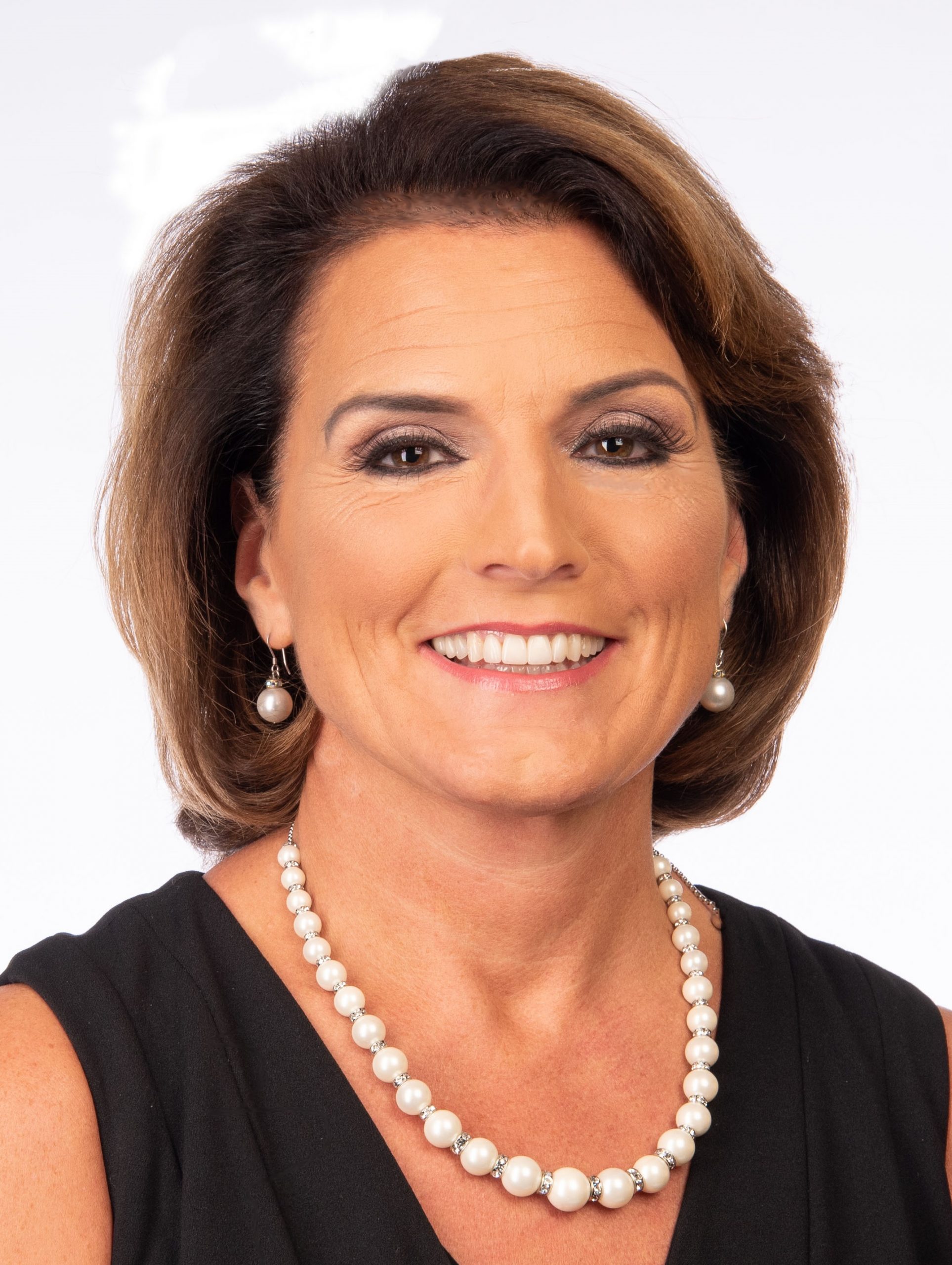On October 6, the Financial Accounting Standards Board (FASB) approved the final deadlines for the implementation of four major accounting standards, including CECL (Accounting Standard Update 326-13). For large public filers, the switch flips on December 15, 2019, impacting calendar reporting entities on January 1, 2020, as anticipated.
With the deadline just around the corner, those financial institutions should be nearly finished with their CECL implementation efforts. Year-end financial statements for accelerated filers are due in early 2020 and are likely to be reviewed by regulators a couple of months after that. So it was surprising to see, in Protiviti’s 2019 Finance Trends Survey, that a majority of respondents within the financial services industry indicated they are only halfway through their CECL preparations.
FASB Approves New Effective Dates for Four Major Accounting Standards – read the Flash Report.
A likely contributing factor to this finding is the fact that smaller reporting companies that participated in our survey will not have to comply until the end of 2022. But the transition from the current incurred loss approach to CECL is a heavy lift for all organizations — it involves changing processes that may have been in place for decades and work routinely every day. A fundamental change like this cannot be accomplished overnight. And as internal resources work to select, develop and validate new models, methodologies, processes and controls in parallel with current reporting responsibilities, many institutions have found themselves stretched beyond existing capacity.
It’s pretty late in the game for institutions that have to comply by the end of this year, but there is still some time. For them, as well as for the smaller institutions that have until the end of 2022 to comply, here’s a quick checklist to go over to ensure that the CECL transition goes as smoothly as possible:
- Robust documentation — One of the main objectives of CECL is to increase disclosures by financial institutions to provide investors with more detailed insight into each bank’s approach to credit loss estimation and monitoring throughout the credit cycle, particularly as the cycle turns into a recessionary state. Regulators are going to be looking for logical and well-supported rationale and documentation for CECL methodology choices and key modeling assumptions and how they align with the underlying risks of the credit portfolios.
- Identification and validation of key controls — Since credit loss reserves are relevant to GAAP financial statements, the new CECL processes are subject to Internal Controls over Financial Reporting (ICFR). So, in addition to good documentation, auditors and regulators are going to be looking for effective governance and controls to be in place around the end-to-end CECL process, including controls over the CECL transition process and new SOX process-level controls. Institutions must be able to demonstrate to auditors and regulators the efficacy of these controls and the overall governance framework, from front-end data quality going into models to vetting and approval, prior to finalization of the CECL estimate.
- Communication —CECL represents a significant change in the way credit losses are estimated, which will affect investor evaluation and decision-making. To this end, the CECL guidance includes financial statement disclosure requirements that encompass three broad categories of disclosures: methodology and assumptions, metrics, and policy and process. The goal of the expanded disclosure requirements under CECL is to provide investors with better insights into the risks of each institution and the relationship of those risks to the estimate for allowance for loan and lease losses, which is obviously a significant financial statement estimate for financial institutions.
- Model selection, development and validation — Because CECL requires changes to the data flowing into models and the related processes, as well as new models that incorporate many new assumptions (life of loan, prepayment assumptions, economic scenarios), it is critical that new models are validated to ensure they are well designed, methodologically sound, and fit for use. Parallel runs are a critical step to understand the drivers of changes to loss estimates under CECL. The CECL process relies on both quantitative and qualitative factors, including the nature and volume of loans, qualifications of lending staff, concentrations and problem loan trends, among many others. A well-documented qualitative framework needs to incorporate factors not otherwise captured in the CECL model and be updated periodically going forward.
It is important to use independent model validation teams and reporting structures, maintaining a clear separation between CECL model development and the validation of that model. Model owners are the first line of defense, responsible for the model development and the quality, accuracy and completeness of model data and assumptions. The second line should challenge the data, assumptions, modeling choices and process. And finally, the third line (internal audit/assurance) should test the data, models, SOX reporting, and other processes and controls.
The best way to manage the CECL transition is to establish an implementation program and PMO, with clear milestones and communication plan. Program governance should involve stakeholders from executive, management and working group levels, and internal audit should provide assurance over the changed processes and the quality and accuracy of data at each milestone. For those institutions with a deadline a little over two months away, such a program is hopefully close to being completed in time for their first financial statement issuance under the new rules. Those who were granted an extended runway for implementation by the FASB should not miss the opportunity to start now.
For a more detailed look at CECL preparations, see our previous blog post on the subject.






